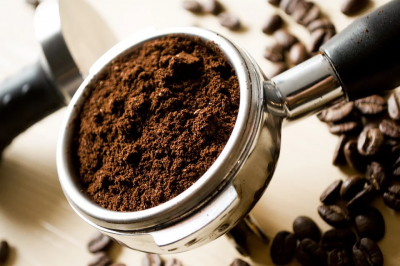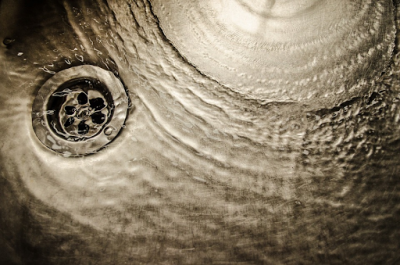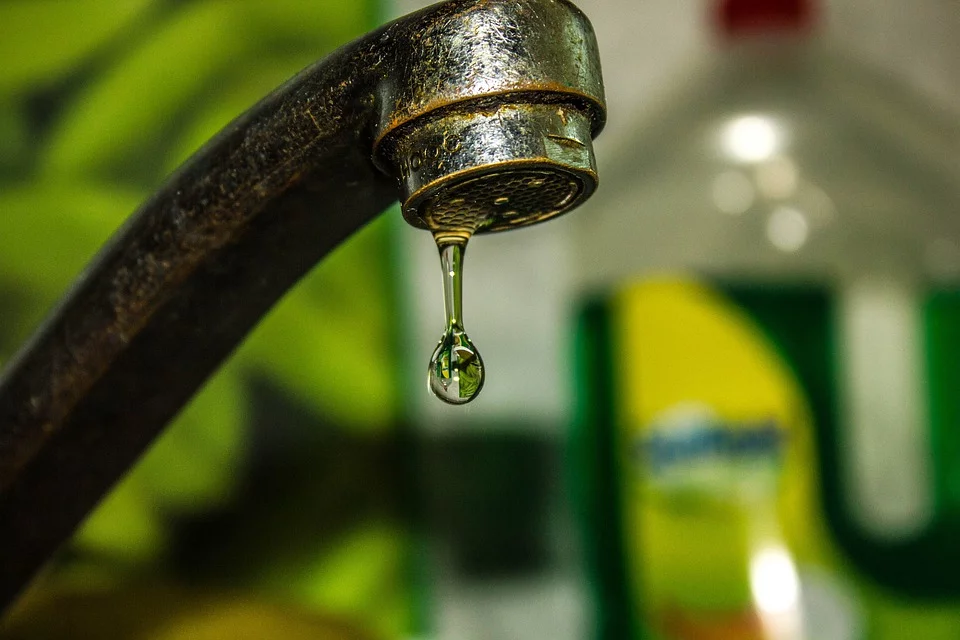Being a homeowner can be stressful, especially when things break. Repairs can be costly, frustrating, and inconvenient. Arming yourself with some simple plumbing hacks can help you be handier and save you some big bucks.
Learning some strategies to install faucets and fix leaks can save time and money. Having strategies to prevent and unblock clogged drains can alleviate a lot of stress. Being able to troubleshoot water heater problems can be helpful, or you can just call a Professional Plumber.
They get the job done and it’s less messy.
As you learn more about plumbing, you will gain the skills to take on more complicated tasks. And have the confidence to be independent in solving plumbing problems. Here are some tips and tricks to get you started.
Table of Contents
1. Updating Faucets
Updating your faucets is a great way to give your bathroom a facelift. By learning how to install a faucet on your own, you’ll save on replacement costs. Faucet installations vary by model, but knowing the basic steps will give you a good knowledge base.
Installing a bathroom or kitchen faucet have slightly different techniques. However, the first step in both is cutting off the water supply. The valve should be located under the sink. After turning the valve completely, turn on the faucet to release the water pressure in the line.
For both sink types, you’ll want to remove your old faucet carefully. Then, install the gasket that fits on the underside of the sink. Use plumbers putty to create a water-tight seal.
Put the faucet through the holes in the sink top and put the mounting nuts on the gasket under the sink. Some kitchen sinks require you to feed a water line for a detached sprayer. Your faucet should contain weight and installation instructions. If the problem is something you need the help of a professional for, contact Inner City Plumbing.
If your faucet does not come preassembled, attach the handles using the manufacturer’s instructions. You can then connect the water supply lines. Tighten all your bolts and turn on the water supply. Turn on your faucet slowly and watch carefully for leaks. Use plumbers putty to seal any leaks that appear.
2. Fixing Leaks in Pipes
Pipes in the home handle a lot of wear and tear. Sometimes an unexpected, under-sink leak can occur. Being able to have several techniques to fix a leak is helpful.
The first step is to locate the leak. This can be tricky in small leaks. Carefully inspect your pipe for any cracks and look carefully at the pipe joints as they are vulnerable to leaks. Once you locate the leak, turn off the water supply and completely dry the pipes.
There are several ways to fix a leak. One of the easiest to use a rubber repair tape. Wrap your tape carefully around the pipe, covering beyond the area of the suspected leak. Test the pipe with a slow stream of water to make sure the leak is sealed.
For leaks in joints, an epoxy compound will be your best bet. Turn off the water supply and dry the pipes and joints thoroughly. Apply the compound around the seams between the joint and the pipes. Check the package for dry time and wait to use the faucet as recommended.
3.Preventing Clogs

One of the best plumbing hacks is preventing problems, to begin with. Having good habits to keep your drains free of clogged is helpful. Performing regular maintenance will keep your pipes free of debris.
Use a drain guard in a bathroom shower where hair build-up is a problem. Empty the guard into the trash rather than risk it clogging the drain. Throw away items not intended for the toilet like baby wipes instead of flushing them.
A garbage disposal may be handy, but you should avoid putting some items down your kitchen drain. Grease can wreak havoc on pipes. Instead, let it cool in a container and throw it into the trash. Items like coffee grounds and potato peels will be better off in the trash than clogging your disposal and pipes.
Get into a routine to keep your drains clean and running smoothly. Run hot water through your drain after using the sink to flush it out completely. Weekly, sprinkle baking soda down the drain and follow it with a splash of vinegar. The reaction will fizzle out stubborn debris in your pipes.
4. Unclogging Drains
Even with the best maintenance efforts, clogged drains happen. They can be stubborn and frustrating. However, they are usually totally manageable without the help of a plumber.
Purchase a drain snake to keep on hand. This low-cost plastic tool can prove valuable when a drain clogs. Insert it in the drain to pull out stubborn clogs caused by hair and other stringy materials.
Boiling water can cause just enough pressure and steam to dissolve a clog. Bring a large pot of water to a boil and pour it slowly down the clogged drain. Repeat as the water drains until the sink is unclogged.
An old wire hanger can also be a helpful tool. Straighten the hanger and use it to break up a clog. You can also bend the end of the hanger to pull the loosened debris out of the drain. Once broken up, run hot water through to eliminate the clog.
5. Troubleshooting Your Water Heater
A sudden failure of your hot water heater can be alarming. Often, there is a simple fix. Knowing how to troubleshoot your water heater can save you a service call.
Check your water heater’s pilot light by looking inside the heater for the small, pilot flame. If it’s not lit, find the pilot controls. Turn the gas knob to pilot, hold it down, and press the ignitor until the flame appears. Hold the gas button down for half a minute to make sure the flame stays lit.
If you have an electric water heater check your electrical box. Make sure the fuse for your water heater hasn’t been tripped. If so, flip it off and back on. Wait for the water heater to reheat and check for hot water.
Make sure the water supply to and from the heater is adequate. Check the valves on the pipes running into and out of the water heater. The valves should all be in the open position.
Conclusion

There are simple things you can do to prevent and fix problems in your pipes. Work to keep your pipes in a clean and well-running condition. First, look for simple solutions to problems to avoid calling a plumber.
Arming yourself with some techniques to address plumbing problems will help save you cash. You’ll be much more self-sufficient as a homeowner. And, your feeling of independence will encourage you to build on your do-it-yourself skills.













